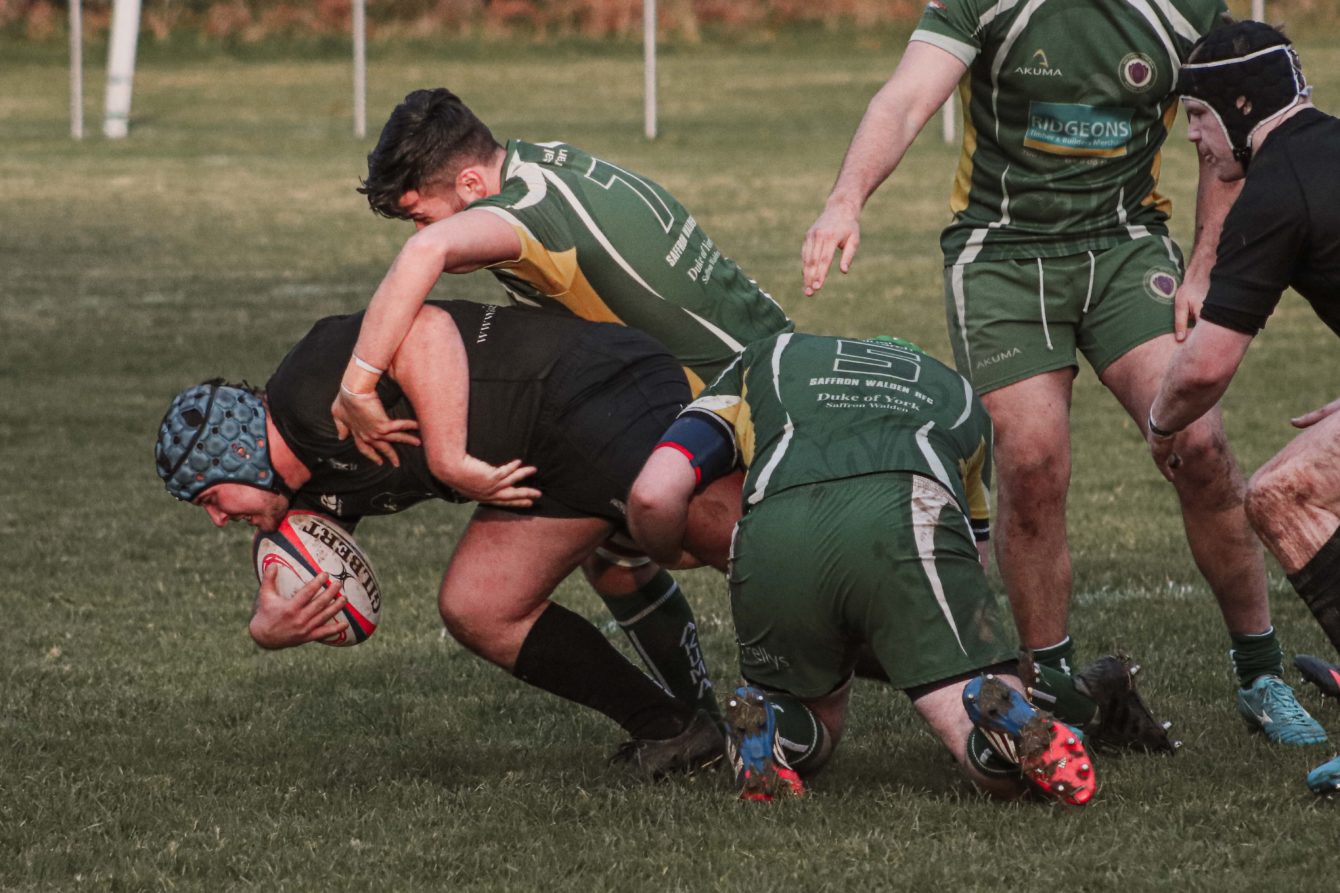DiagnosticInformatics ApproachesPartnership Professional rugby may be associated with changes in brain structure

Participation in elite adult rugby may be associated with changes in brain structure.
This is the finding of a study of 44 elite rugby players, almost half of whom had recently sustained a mild head injury while playing. The study, part of the Drake Rugby Biomarker Study, was led by Imperial College London and published in the journal Brain Communications.
The research found a significant proportion of the rugby players had signs of abnormalities to the white matter, in addition to abnormal changes in white matter volume over time.
White matter is the ‘wiring’ of the brain, and helps brain cells communicate with each other. The research team say more work is now needed to investigate the long-term effects of professional rugby on brain health.
Professor David Sharp, senior author from Imperial’s Department of Brain Sciences, said: “Despite relatively high rates of head injury and an increasing focus on prevention, there has been relatively little research investigating the long-term effects of rugby participation. More objective measures of the effects of sporting head injuries on the brain are needed to assist with the assessment and management of individual players.
“Our research using advanced magnetic resonance imaging suggests that professional rugby participation can be associated with structural changes in the brain that may be missed using conventional brain scans. What is not clear at this stage is the long-term clinical impact of these changes. Further research is needed to understand the long-term implications of repeated head injuries experienced during a rugby career and to provide more accurate ways to assess risk for an individual.”
The work, in collaboration with University College London, was funded and instigated by The Drake Foundation, who brought together academia and sport for this pioneering study, and was additionally supported by the National Institute for Health Imperial Biomedical Research Centre, the UK Dementia Research Institute and the Rugby Football Union.
More information and the full story by Kate Wighton, can be found here.
© Imperial College London
Photo by Max Leveridge on Unsplash





